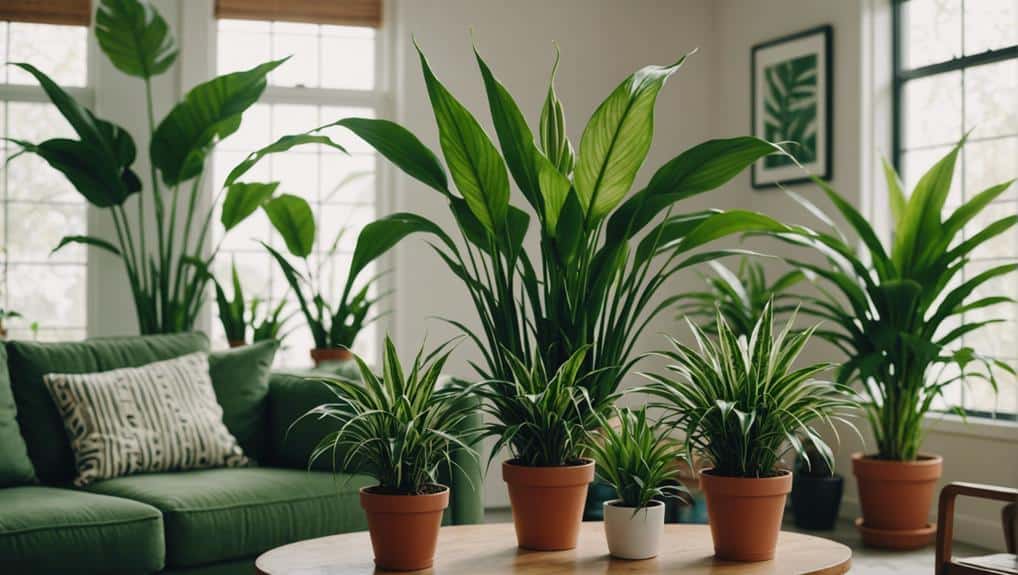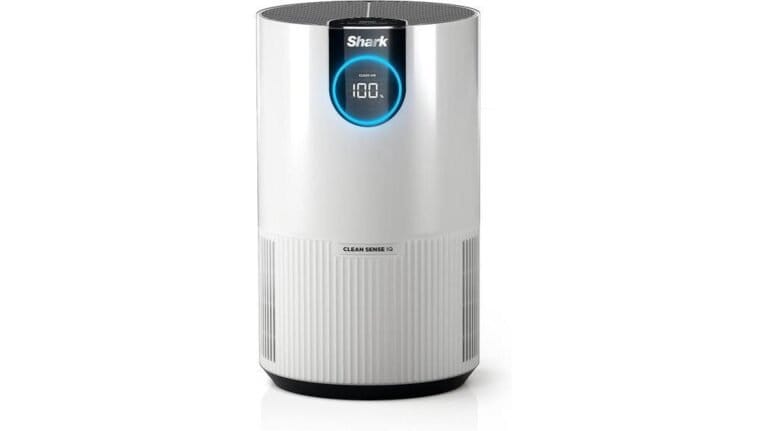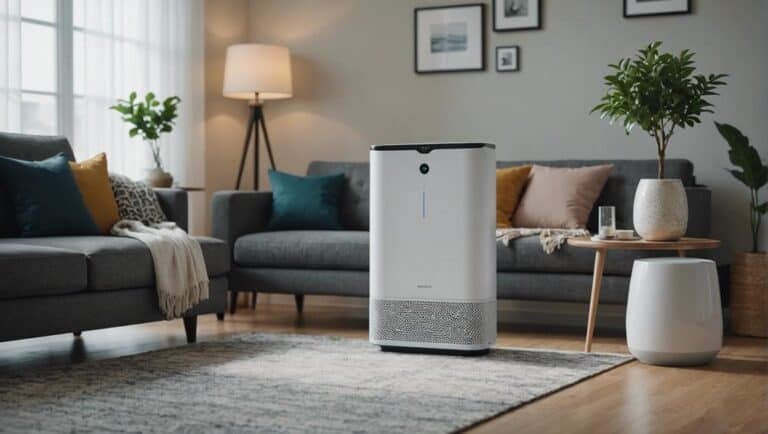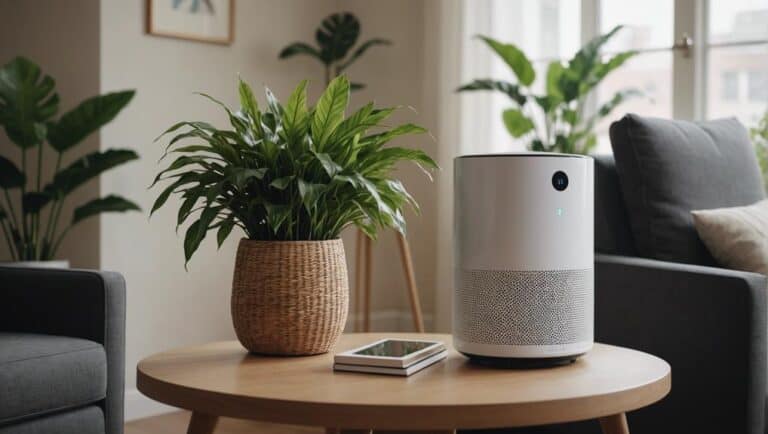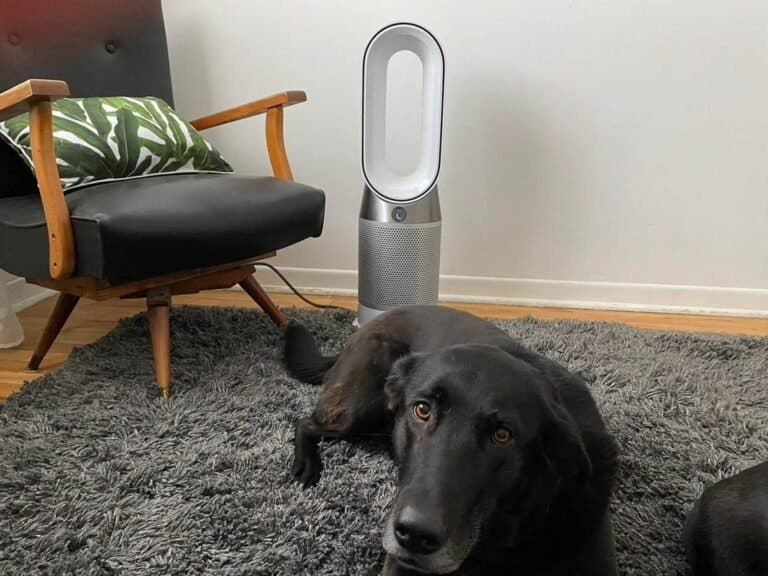Best Indoor Plants for Cleaner Air
When it comes to creating a healthier indoor environment, selecting the right plants can make a significant difference. We all aim to breathe cleaner air, and choosing the best indoor plants can help achieve this goal effortlessly. The impact of these green companions goes beyond just aesthetics, as they actively work to remove harmful toxins from the air we breathe. So, which plants are truly the champions in enhancing air quality and promoting well-being indoors? Let’s explore these green allies that not only purify the air but also bring a sense of tranquility to our spaces.
Benefits of Pothos Plant
When it comes to improving indoor air quality, the benefits of Pothos plants are undeniable. Pothos plants, also known as Devil’s Ivy, act as efficient air purifiers by effectively removing toxins like formaldehyde, benzene, and xylene from the air. Research conducted by NASA has confirmed that Pothos plants excel in enhancing indoor air quality by absorbing harmful pollutants, making them an excellent choice for combatting indoor air pollution.
Not only do Pothos plants serve as natural air purifiers, but they’re also incredibly easy to care for. Thriving in various light conditions and requiring minimal watering, these houseplants are low maintenance yet highly effective in filtering out airborne toxins. The vibrant green leaves of the Pothos plant not only enhance the aesthetic appeal of indoor spaces but also contribute to creating a healthier environment for all inhabitants. Due to their air-purifying capabilities and ease of care, Pothos plants have rightfully earned their reputation as popular indoor plants for improving air quality and overall well-being.
Philodendron Varieties for Air Quality
After exploring the benefits of Pothos plants for indoor air quality, turning our attention to Philodendron varieties offers a deeper insight into effective air purification options.
Philodendrons are renowned for their exceptional air-purifying qualities, specifically targeting toxins like formaldehyde commonly found in indoor spaces. Varieties such as the heart-leaf philodendron and hybrid philodendrons featuring spade-shaped leaves are popular choices for those seeking to enhance air quality. These plants thrive in low-light conditions, making them perfect for spaces with limited sunlight.
What sets Philodendrons apart is their ease of care; they require minimal attention while providing substantial air purification benefits. Beyond their air-purifying capabilities, the unique foliage of different Philodendron varieties adds a touch of tropical charm to indoor spaces, elevating both the aesthetic appeal and air quality simultaneously.
Embracing Philodendron varieties not only offers cleaner air but also brings an invigorating ambiance to indoor environments.
Spider Plant Care Tips
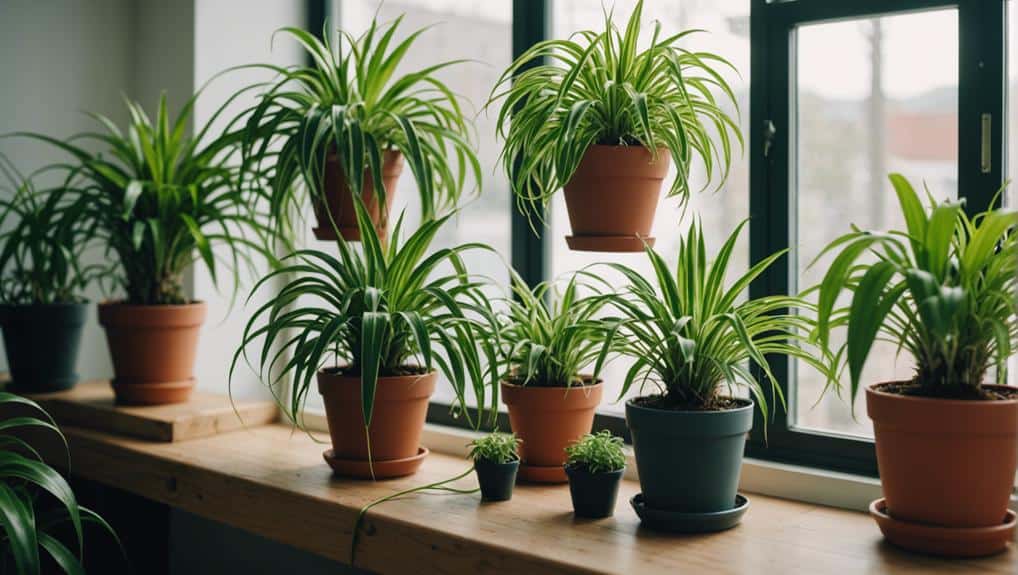
Spider plants, with their excellent air-purifying properties, are easy-to-care-for plants that thrive in various light conditions. These low-maintenance plants are perfect for those looking to guarantee indoor air quality effortlessly. Spider plants aren’t only aesthetically pleasing but also safe for pets and children, providing a touch of greenery without any toxicity risks.
Their air-purifying abilities make them a popular choice for naturally improving indoor air quality. To guarantee your spider plant thrives, consider propagating it through offsets or baby spider plantlets regularly. This not only helps in expanding your green collection but also boosts air purification in multiple rooms.
Whether you’re a beginner or an experienced plant parent, spider plants are a fantastic addition to any space due to their adaptability to different light conditions and their overall ease of care.
Snake Plant Air Purifying Properties
With their exceptional air-purifying properties, snake plants, also known as Sansevieria, stand out as efficient toxin removers in indoor environments. These hardy plants are low-maintenance and thrive in low light conditions, making them perfect for indoor spaces with minimal sunlight. Snake plants have been recognized by NASA’s Clean Air Study as one of the best air-purifying plants for effectively filtering indoor air pollutants. Additionally, the snake plant releases oxygen at night, making it an excellent choice for bedrooms to enhance air quality while you sleep.
- Snake plants are excellent at removing toxins like formaldehyde, benzene, xylene, and trichloroethylene.
- These plants are low-maintenance and can survive in low light conditions, making them ideal for indoor spaces.
- The NASA Clean Air Study identifies snake plants as one of the best air-purifying plants for indoor environments.
- Snake plants release oxygen at night, providing a natural air purifier for better sleep quality.
Peace Lily for Cleaner Indoor Air
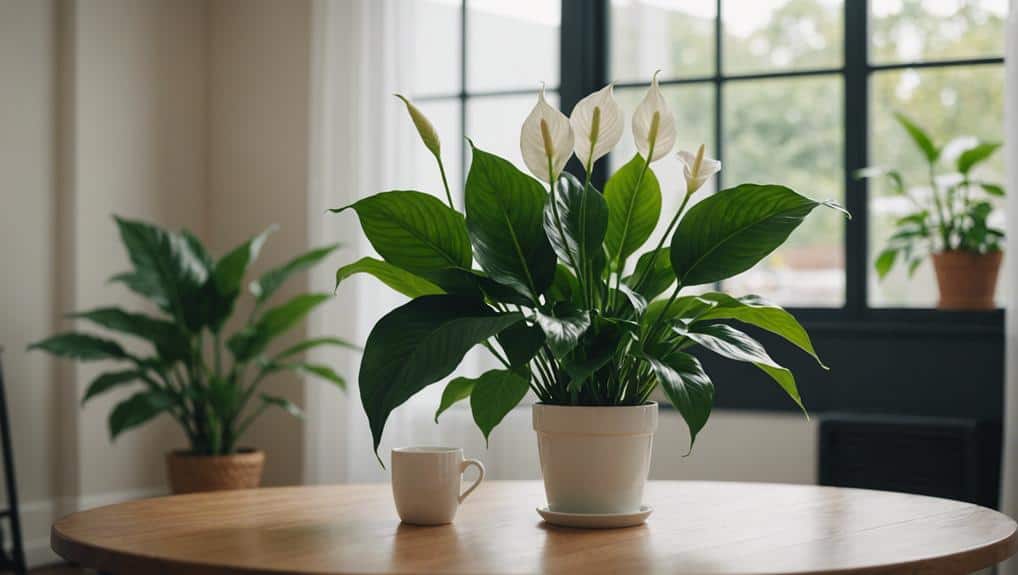
Peace Lily plants efficiently cleanse indoor air by removing volatile organic compounds (VOCs) like formaldehyde, benzene, and trichloroethylene, contributing to a healthier living environment. These Air Purifying Plants aren’t only aesthetically pleasing but also serve a practical purpose in maintaining Clean Air quality. Their ability to thrive in Low Light Conditions makes them an excellent choice for those seeking indoor plants that are Easy to Grow and maintain.
One often overlooked benefit of Peace Lilies is their effectiveness in combating Mold Spores, which can be particularly beneficial for individuals with respiratory issues or allergies. By incorporating Peace Lilies into your indoor space, you can take control of the air quality and create a more pleasant living environment. NASA’s Clean Air Study has recognized the Peace Lily as a top Indoor Plant for purifying the air, further solidifying its reputation as a must-have for homes and offices looking to improve air quality.
Rubber Plant Benefits for Air
Enhancing indoor air quality, rubber plants are effective air-purifying additions due to their ability to remove formaldehyde from the environment. These plants are ideal for individuals seeking control over their indoor air quality, thanks to their low-maintenance nature and air purification capabilities.
The large glossy leaves of rubber plants not only add a touch of elegance to any room but also play a significant role in improving air quality by filtering out harmful toxins like formaldehyde. Additionally, their pet-friendly attribute makes them a safe and versatile option for households with furry companions.
By incorporating a rubber plant into your indoor space, you can actively participate in creating a cleaner and healthier environment for yourself and your loved ones.
- Low-Maintenance: Easy to care for, requiring minimal effort.
- Improved Air Quality: Actively works to purify the air by removing formaldehyde.
- Pet-Friendly: Safe for pets, adding to the appeal for pet owners.
- Aesthetic Appeal: Large glossy leaves enhance the visual appeal of any indoor setting.
Boston Fern Air-Cleaning Abilities
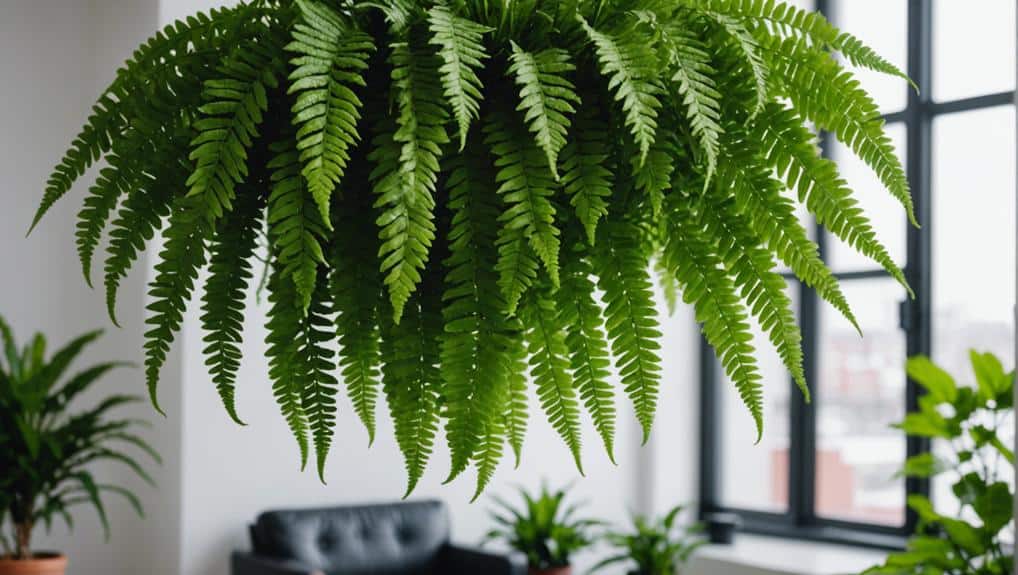
Boston Ferns are renowned for their air-purifying qualities, making them a popular choice for indoor spaces. Their ability to filter out harmful substances like formaldehyde, xylene, and toluene contributes to creating a healthier environment.
Incorporating Boston Ferns into your home not only enhances the aesthetic appeal but also improves the air quality to a great extent.
Fern Air-Purifying Qualities
Ferns with air-purifying qualities, such as the Boston Fern, are highly effective in filtering formaldehyde, xylene, and toluene from indoor air. When considering the air-purifying abilities of Boston Ferns, it’s essential to note the following:
- Boston Ferns excel at removing toxins commonly found in household products like paints and detergents.
- These ferns thrive in humid environments, making them perfect for spaces like bathrooms or kitchens with higher moisture levels.
- Regularly misting Boston Ferns and ensuring they receive indirect sunlight can help preserve their vibrant green foliage and air-purifying properties.
- Beyond their air-cleaning benefits, Boston Ferns also serve as versatile decorative additions that bring a touch of nature and sophistication to indoor settings.
Benefits of Boston Fern
Moving on from the discussion of Fern Air-Purifying Qualities, it’s clear that Boston Ferns play an important role in promoting cleaner indoor air with their effective air-cleaning abilities. Boston Ferns are exceptional air-purifying plants that excel at filtering out formaldehyde, benzene, and xylene, enhancing indoor air quality greatly. These plants are low-maintenance and known for their lush green foliage, making them a popular choice for those seeking to control their environment. Thriving in medium to high humidity levels, Boston Ferns are well-suited for spaces like bathrooms and kitchens. Additionally, their non-toxic nature ensures they are a safe and beneficial addition to homes with pets. Embrace cleaner air and greater control over your indoor environment with the remarkable Boston Fern.
| Benefits of Boston Fern | |
|---|---|
| Effective air-purifying abilities | Enhances air quality |
| Low-maintenance | Thrives in humidity |
| Non-toxic to pets | Lush green foliage |
| Filters formaldehyde, benzene, xylene | Ideal for bathrooms, kitchens |
Aloe Vera Air-Purifying Qualities
Aloe vera’s air-purifying qualities make it a popular choice for indoor spaces due to its effectiveness in removing formaldehyde and benzene from the air. This succulent plant isn’t only low-maintenance but also adaptable to different lighting conditions, making it a versatile option for indoor environments.
Aloe vera serves a dual purpose by not only purifying the air but also providing a decorative element with its vibrant green foliage and occasional blossoms. Studies indicate that aloe vera plays a vital role in improving indoor air quality by absorbing harmful toxins present in the environment and emitting oxygen, thereby creating a healthier atmosphere in your home.
- Aloe vera efficiently removes formaldehyde and benzene from indoor air.
- This plant requires minimal care and thrives in various light conditions.
- Aloe vera adds aesthetic value with its fleshy green leaves and occasional blooms.
- Studies have proven that aloe vera enhances indoor air quality by absorbing toxins and releasing oxygen.
Conclusion
To sum up, incorporating these air-purifying indoor plants into our living and workspaces can greatly improve air quality and promote a healthier environment.
With their natural ability to remove toxins and add beauty to indoor spaces, the Pothos Plant, Philodendron Varieties, Spider Plant, Snake Plant, Peace Lily, Rubber Plant, Boston Fern, and Aloe Vera are essential additions for cleaner and fresher air.
Let’s bring the benefits of nature inside for a healthier and more pleasant living environment.
